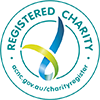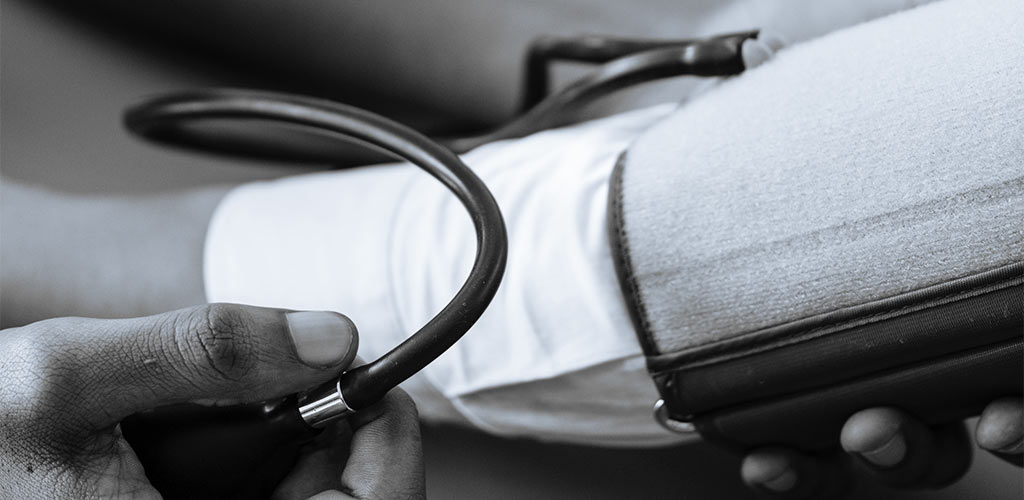ANZHNCS COVID-19 Executive Summary
This document is intended as a multidisciplinary guide for the members of ANZHNCS and incorporates available information and specific factors that are likely to affect all members. More detailed information from the ANZHNCS is available by clicking the button below.
It is expected that all members will continually update themselves with the guidance from governmental agencies, State/Territories, local health networks and individual professional societies.
Key Practice Points
1. High risk procedures
Any aerosol or droplet generating procedure in the upper aerodigestive tract is a high risk procedure if the patient is infected. These include:
- tracheal intubation
- non-invasive ventilation
- tracheostomy
- manual ventilation prior to intubation
- Other potentially aerosol generating procedures
It seems prudent to regard the following procedures/assessment as aerosol generating; nasendoscopy, insertion and removal of nasogastric tubes, insertion and removal of voice prostheses, close inspection of the oral cavity, dysphagia assessment and any situation where cough or sneeze may be induced.
2. Risk mitigation
Patients
- Adherence to policy regarding screening/testing for COVID-19.
- Delay or defer outpatient appointments were possible
- Adhere to department policy guidelines regarding management of patients with reduced staffing/resources
- Use of Telehealth where it is practical in place of face to face consults
- Plan for how COVID-19 confirmed/risk patients who are on treatment will be managed/isolated
Clinicians
- All clinicians to ensure they comply with policy regarding screening/testing of themselves
- All clinicians to ensure that they are up to date with Personal Protective Equipment (PPE), in particular donning and doffing and comply with local policy regarding use of PPE for procedures/patient contact.
Multidisciplinary Team
- Multi-disciplinary meetings should be continued where able adhering to local health network direction and/or using telehealth facilities.


